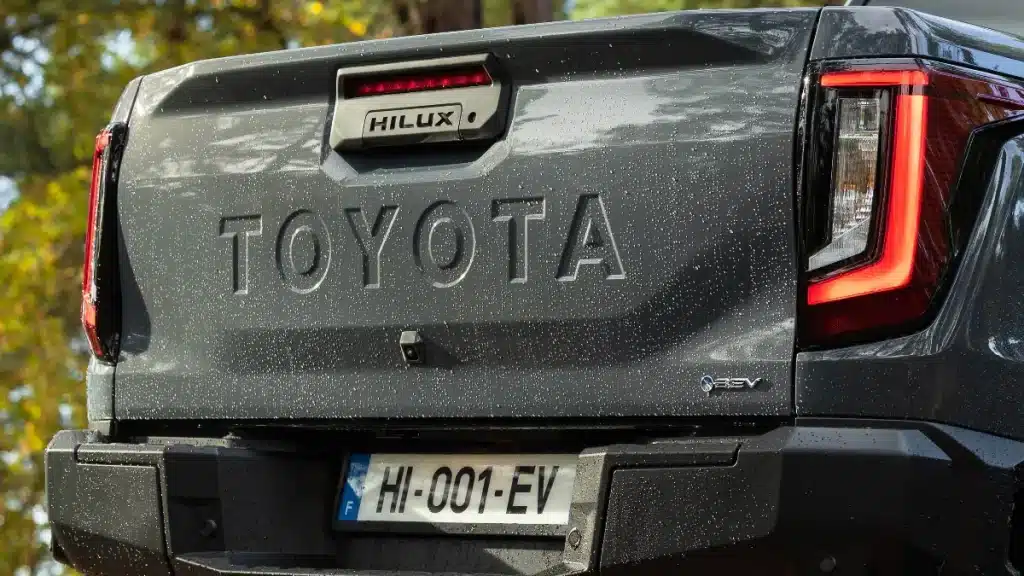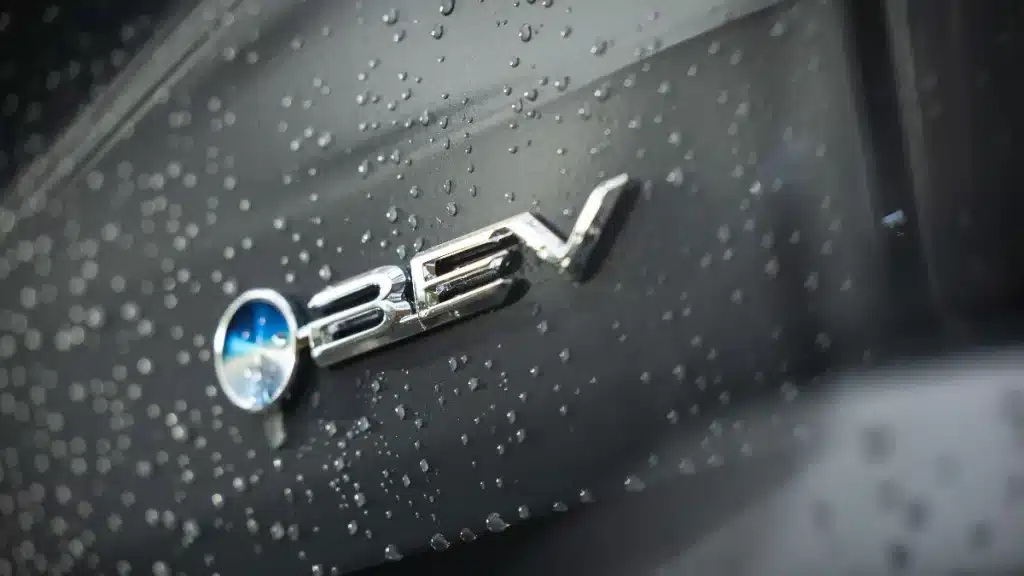
Toyota has flipped the switch on the most serious electric pick-up truck to date, revealing there will be a new Toyota Hilux BEV model, but what is the range, the battery size and the charging capabilities of this landmark all-electric pick-up truck?
The Toyota Hilux BEV is something of a surprise, while others like Isuzu and Maxus have done their versions of a fully electric pick-up truck, and Ford has gone down the hybrid route with the Ford Ranger PHEV, Toyota’s own plans for a zero-emission pick-up looked to have been heading towards a hydrogen fuel cell.
A Toyota Hilux BEV is a startling and exciting new option for those that don’t want a traditional combustion engine truck. The big and most important question, however, is how far will it go, and how quickly can you charge the electric truck’s batteries?
The electric Toyota Hilux BEV pick-up truck has a range of 150 miles or approximately 240km.
That’s an unofficial figure that’s not been fully homologated and isn’t the official WLTP test figure. But, as an early estimate the 150-mile range is the figure that Toyota are comfortable with promoting, which will mean it won’t be too different when it comes to the final version.
How does that equate to read world range? Well, that's a good question, because we're not entirely sure, but as the Toyota Hilux BEV payload is quite limited (to just 715kg) it's not going to be completely useless. There's also a lot of experience within Toyota when it comes to batteries, so while our track experience was the equivalent to 1.8kWh per mile, that's not entirely representative of the true range of the truck in the real world.
We would expect some normal driving, with a decent amount of weight to return around about the same figure, which would give you about 110 miles.
Toyota has installed a 59.2kWh battery in the Hilux BEV pick-up truck.
It’s on the small side for a fully electric vehicle, but the real selling point of the Hilux BEV battery is that it is located entirely within the chassis rails of the pick-up. The Toyota Hilux BEV dimensions haven't increased over the standard truck, so it had to work with the current shape and size.
That means that it is fully protected, not just by the chassis, but by all the additional protection underneath. It’s like an armoured car down there, and as a result, Toyota is happy to give their electric Hilux the same level of warranty and cover that you’d get on a regular Hilux or even the Hilux 48v mild hybrid.
They’ve put it through high pressure water tests and even submerged the batteries completely in water to make sure its worthy of wearing the Hilux name. That’s one hell of an endorsement.

Electric commercial vehicles don’t always get the fastest levels of charging, but the Toyota Hilux BEV charging speed is 150kW which is currently about the average charging speed for most public rapid charging points.
That means a 10% to 80% charge can be completed in just 30 minutes.
For AC charging, it will charge at a maximum of 10kW, which is enough for a 10% to 100% charge to take around 6.5 hours.
There’s also the ability to pre-programme smart charging which will enable 50-90% of the battery to be charged based on programmable start times and limits.

The new battery pack has been specifically designed for installation within the Hilux’s frame with a 59.2kWh battery made up of 80 cells, arranged in five 16-cell modules.
The battery is water-cooled, and temperature is controlled using a high-resistance, long-life coolant (LLC), which helps protect against corrosion and is resistant to conductivity.
| Toyota Hilux BEV | Battery, Charging Speed & Range |
|---|---|
| Battery size | 59.2 kWh |
| Battery type | Lithium-ion (water-cooled) |
| Max charge rate | >150 kW DC (10–80% in 30 min) |
| AC charging speed | 10 kW (10–100% in 6.5 h) |
| Smart charging | Programmable start & charge limit (50–90%) |
| Range (claimed) | 150 miles (estimate) |
| Real world range | 110 miles (partially laden, estimate) |
Published:
Last updated:
